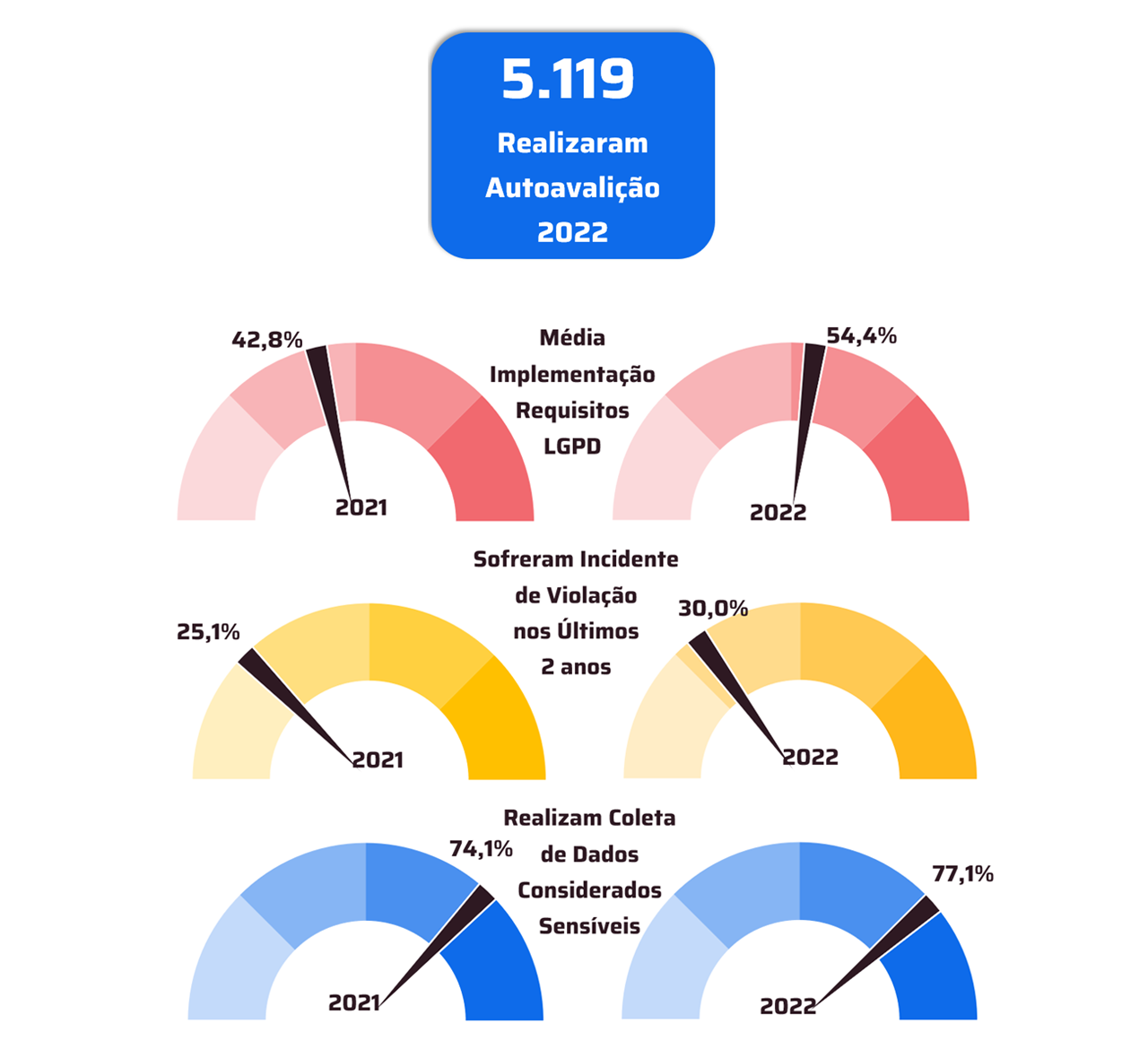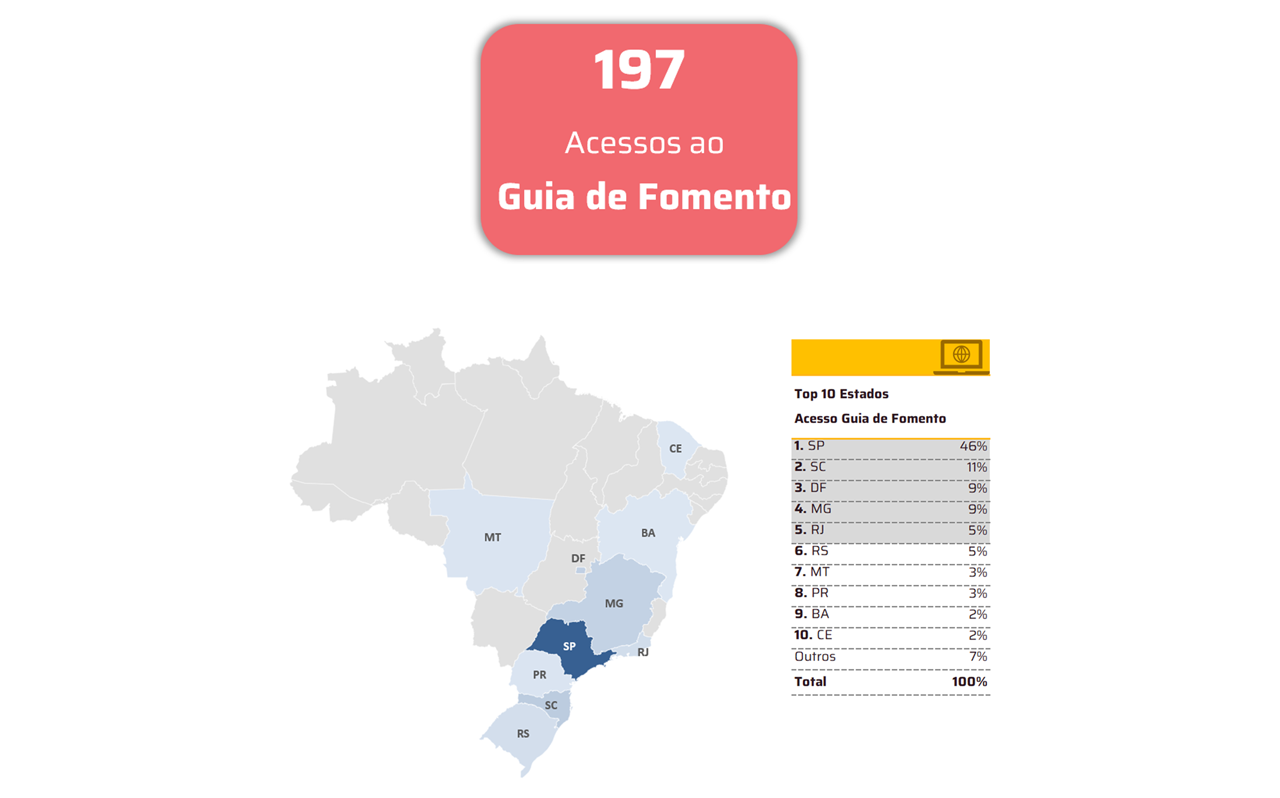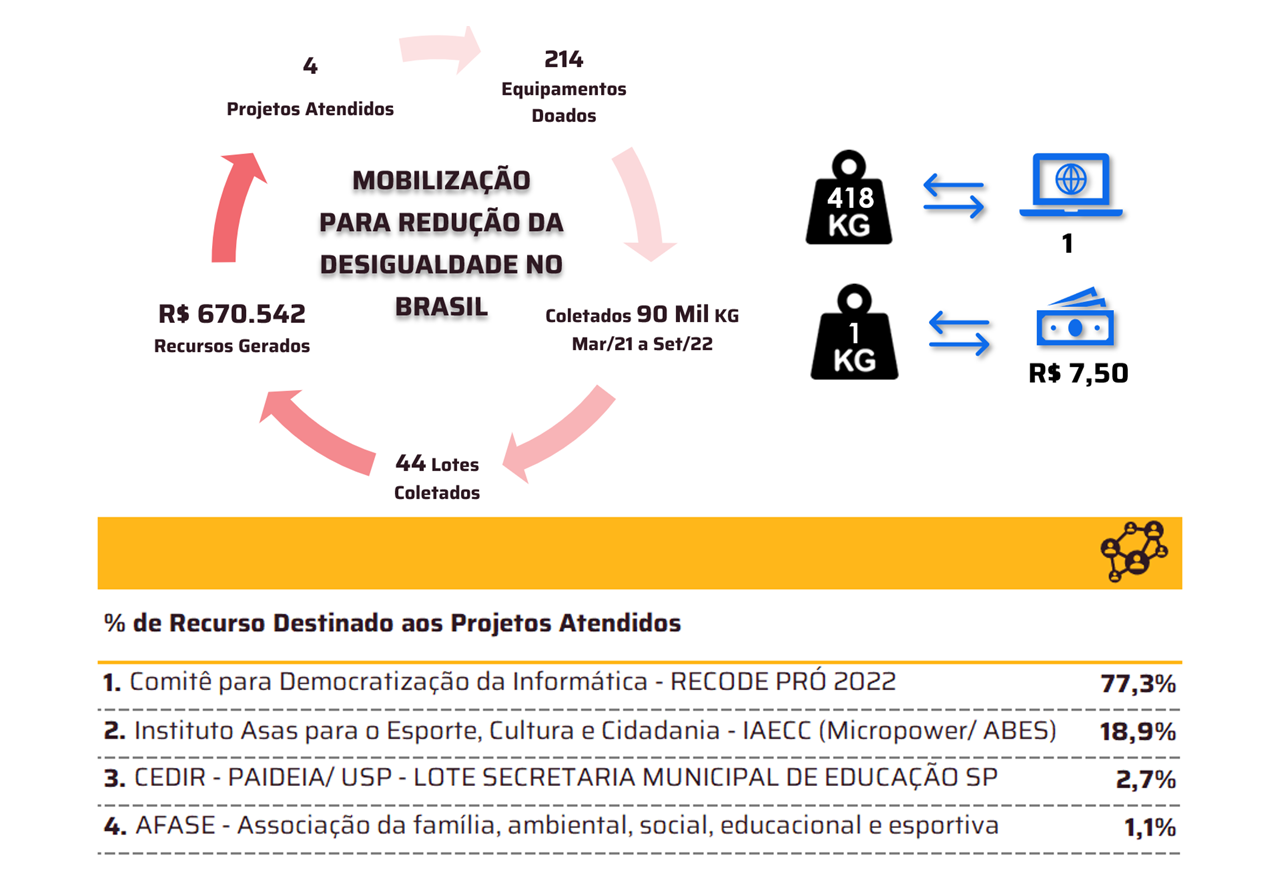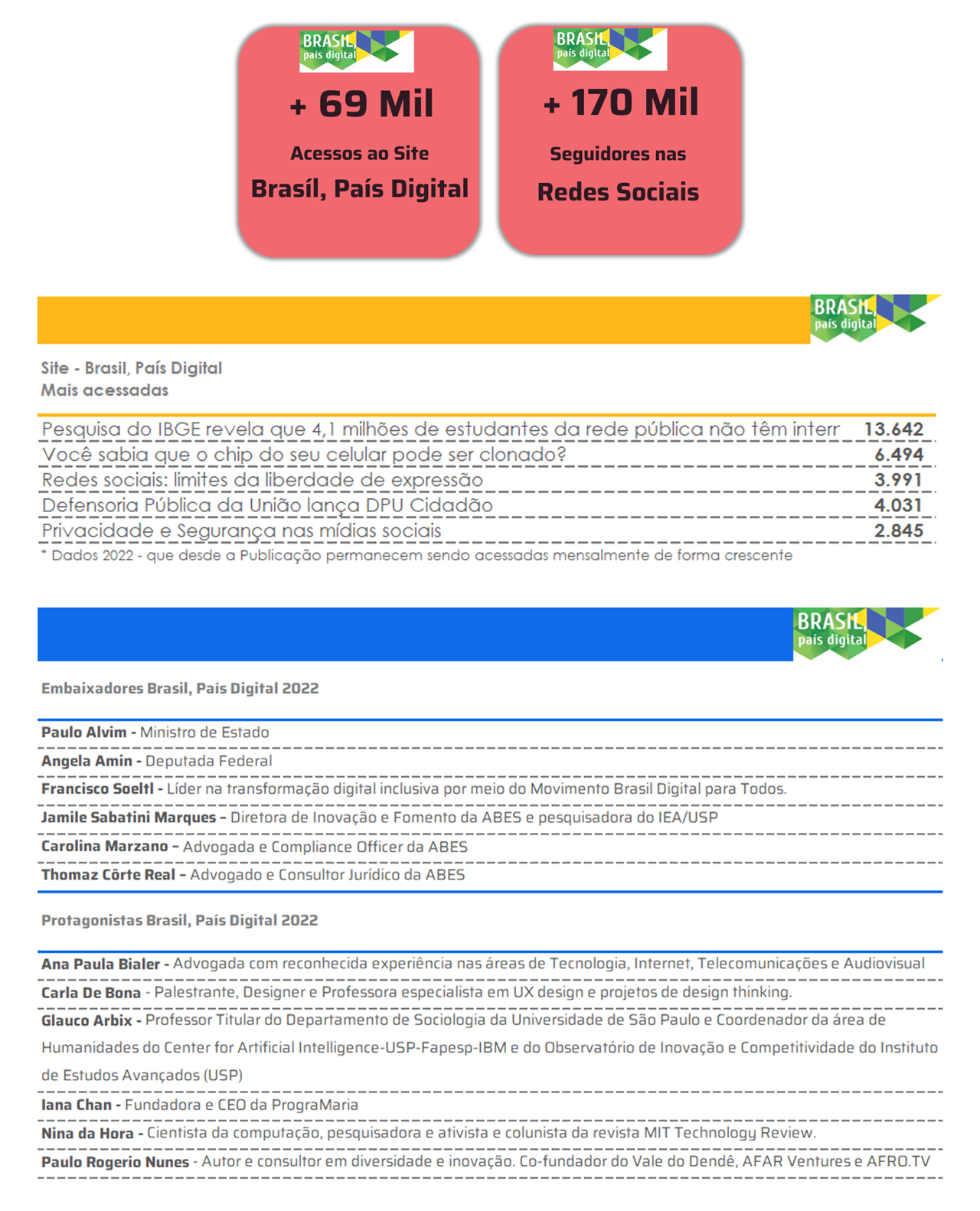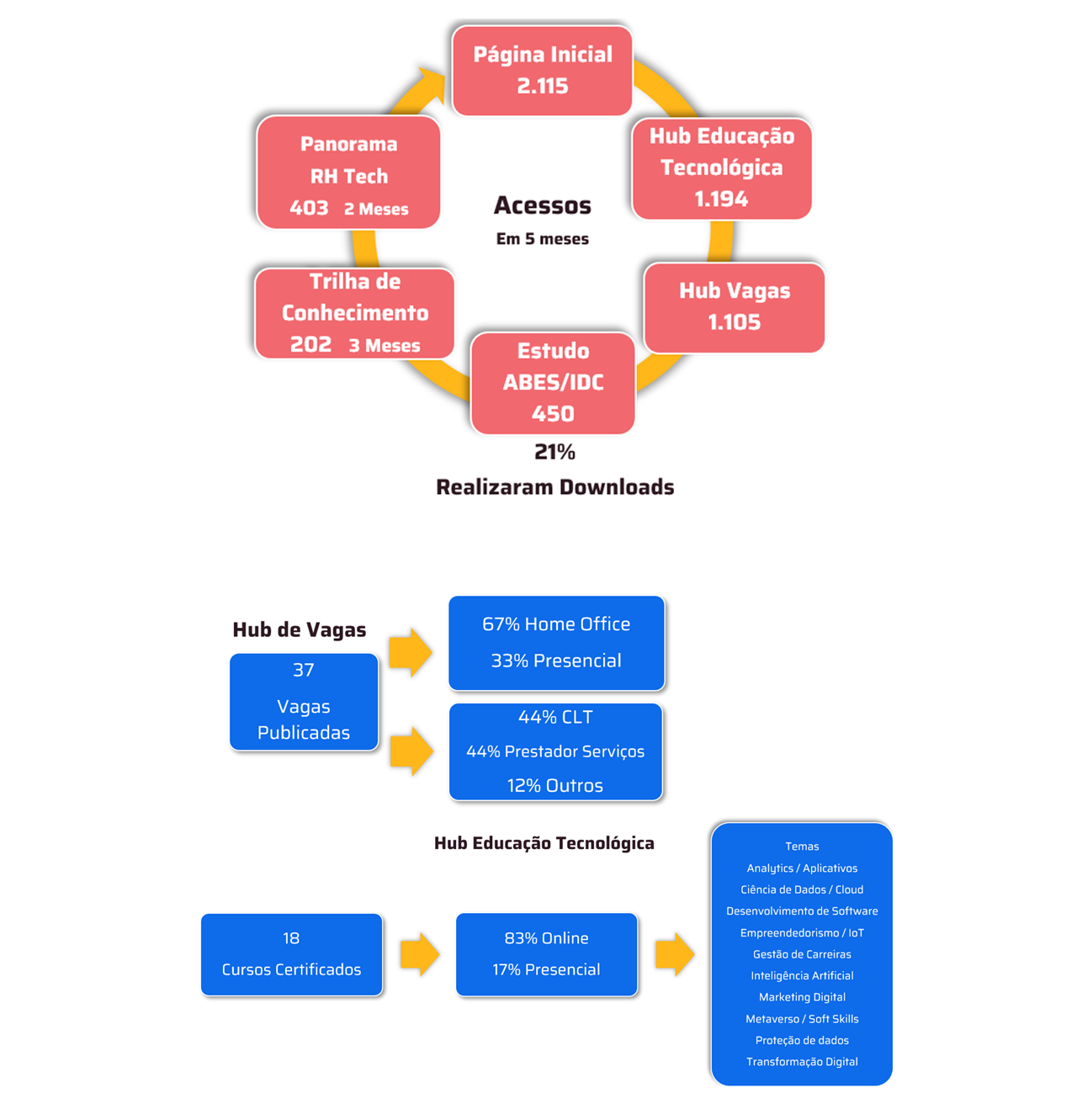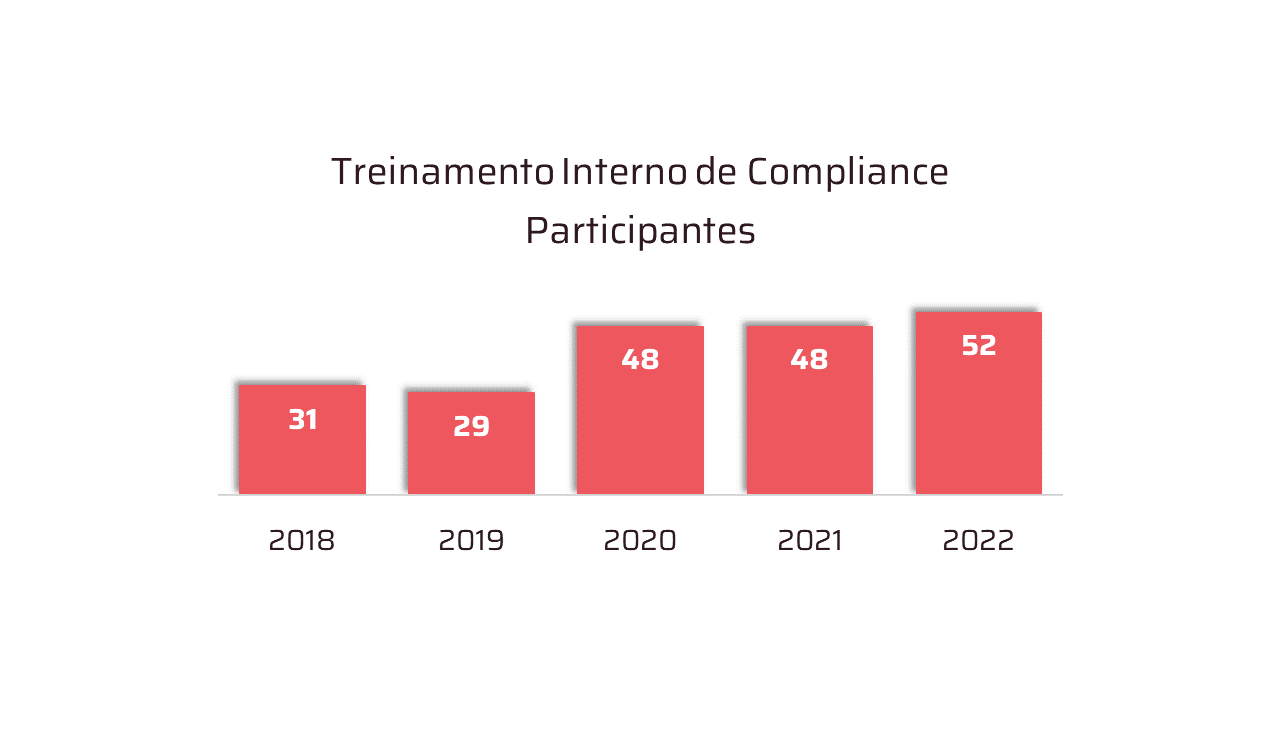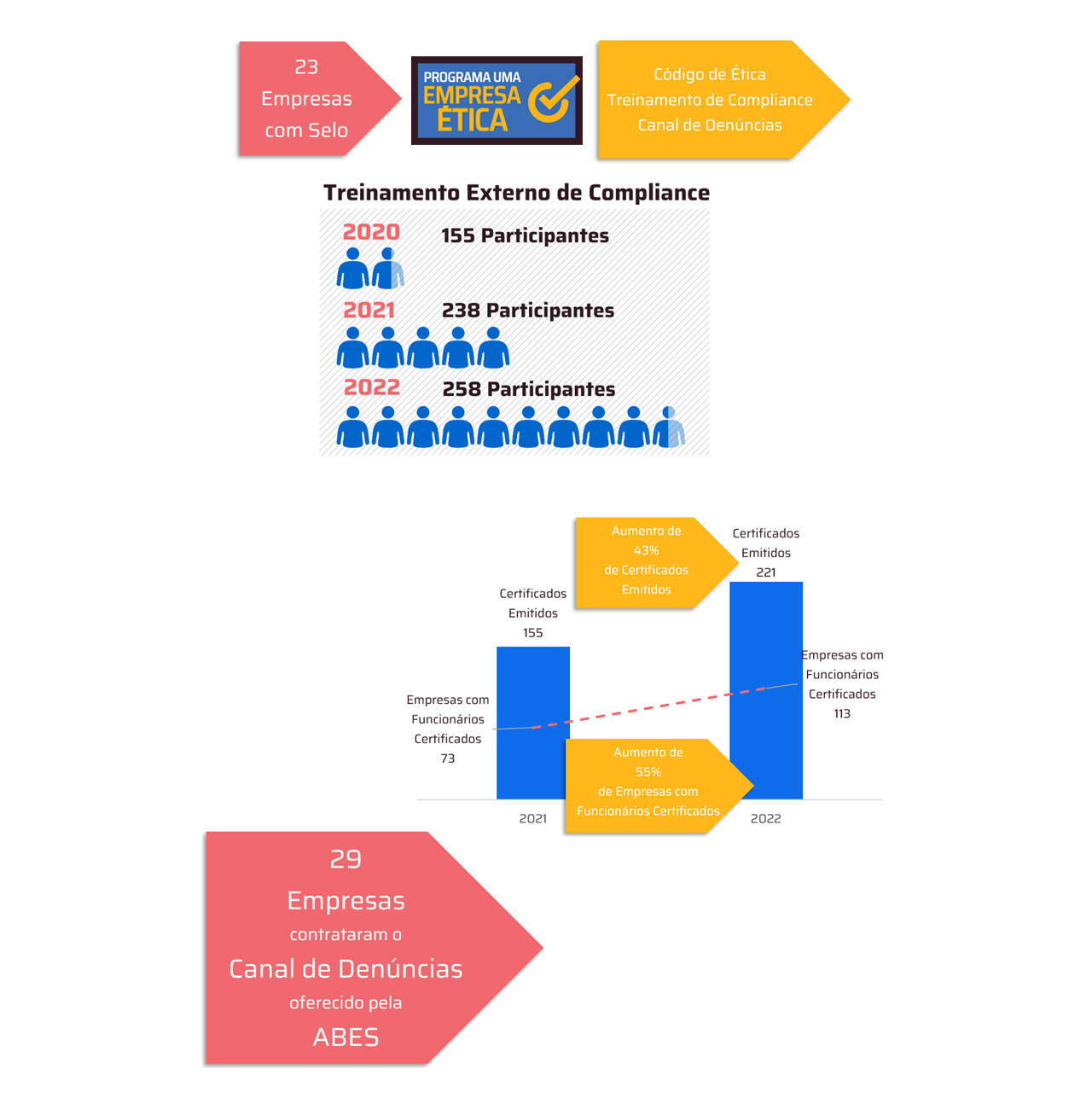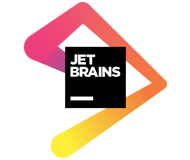 *By Jose Roberto Rodrigues
*By Jose Roberto Rodrigues
The speed of digital business does not forgive slowness — especially when it comes to security. In a scenario where access is created, modified and revoked in the blink of an eye, relying on manual and bureaucratic processes to manage identities is an invitation to risk. This is where identity governance — or IGA for short — stops being just a compliance demand and assumes the role of strategic guardian of corporate security.
The traditional IGA model, often seen as a “checklist” for audits, is no longer able to cope with today’s complexity. The massive migration to the cloud, the growth of hybrid work, and the proliferation of SaaS tools have exponentially increased the number of identities and access points within companies. The result? A perfect scenario for breaches, unauthorized access, and silent lateral movements by attackers.
According to a recent study by Gartner (2024), companies that modernized their IGA processes with automation and behavioral analysis were able to reduce the average response time to incidents involving compromised credentials by up to 40%. More than just a number, this represents a paradigm shift: modern IGA acts predictively, not just reactively.
And this evolution is not theoretical. We are already beginning to see, in practice, initiatives that use artificial intelligence for continuous risk analysis based on user behavior, in addition to integration with privileged access management and zero trust solutions. Identity governance is no longer an isolated box and is now part of an integrated cybersecurity ecosystem.
I recently participated in discussions with industry leaders at a global event on identity security. The focus was clear: it’s no longer about “who has access to what,” but rather “who should continue to have access, for how long, and with what level of privilege.” The questions have changed—and IGA needs to answer them in real time.
This shift in perspective has also guided conversations and thinking within the ecosystem of partners and vendors we work with. We have seen a growing interest in more integrated and adaptable IGA approaches that can reflect the complexity of today’s enterprise environments while bringing agility and control to security teams.
Governance does not have to be synonymous with slowness. When well implemented, IGA becomes a mechanism that enables innovation safely. Because, at the end of the day, protecting access efficiently means ensuring that the company's digital engine continues to run without crashing — and without being hacked.
*José Roberto Rodrigues is Country Manager & Alliances Manager LATAM at Adistec
Notice: The opinion presented in this article is the responsibility of its author and not of ABES - Brazilian Association of Software Companies





